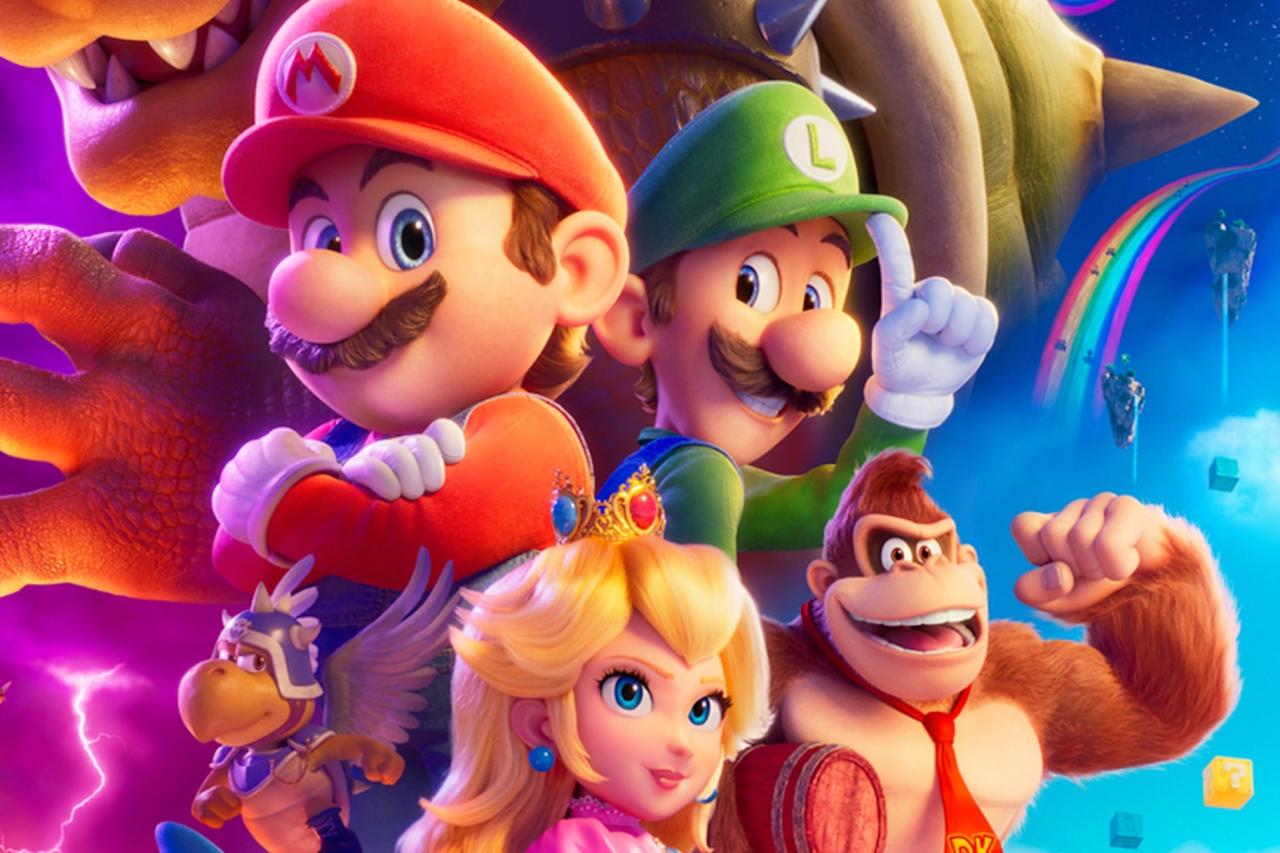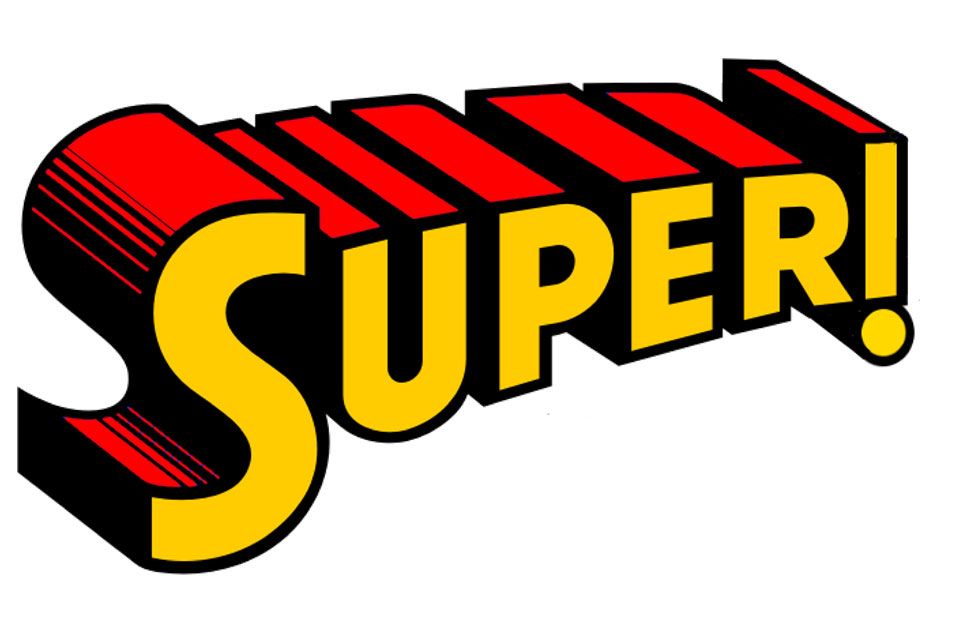Super Mario games have become a cornerstone of the gaming world, captivating audiences since their debut in 1985. From humble beginnings as a simple platformer, the franchise has evolved dramatically, reflecting technological advancements and cultural shifts. This series not only revolutionized gameplay but also left an indelible mark on popular culture, becoming a beloved icon that transcends generations.
As we explore the evolution of Super Mario games, we’ll dive into the innovative gameplay mechanics that define the series, such as the inventive power-ups and meticulously crafted level designs. Additionally, we will examine the rich character development and storylines that have made Mario and his companions household names. Join us as we navigate this vibrant universe and celebrate its impact on the gaming landscape.
History of Super Mario Games

The Super Mario franchise, created by Nintendo, is one of the most iconic video game series in history. Since its inception in 1985, the franchise has undergone significant evolution, becoming a cornerstone of gaming culture and technology. Mario, the cheerful plumber, has not only entertained millions but also shaped the gaming landscape in profound ways.
The evolution of the Super Mario franchise began with the release of “Super Mario Bros.” in 1985 for the Nintendo Entertainment System (NES). This game established the side-scrolling platformer genre, introducing mechanics such as power-ups and warp zones, which became staples in subsequent games. The franchise continued to innovate with the introduction of 3D graphics in “Super Mario 64” in 1996, allowing players to explore expansive environments. This milestone in gaming technology showcased the potential of 3D gameplay and influenced countless future titles across various genres.
Milestones in Gaming Technology
Several key advancements in gaming technology have significantly impacted the Super Mario series. These milestones include:
- 2D to 3D Transition: The move from 2D sprites to 3D graphics in “Super Mario 64” redefined player interaction and immersion, allowing for a more dynamic gameplay experience.
- Online Connectivity: The introduction of online features in “Super Mario Maker” allowed players to create, share, and play levels crafted by others, fostering a global community and expanding creativity.
- Mobile Gaming: The release of “Super Mario Run” in 2016 marked Mario’s entry into mobile gaming, bringing the franchise to a broader audience and adapting its core mechanics for touch controls.
The evolution of these technologies has not only enhanced gameplay but also expanded the reach of the franchise, making Mario accessible to new generations of players.
Cultural Impact of Super Mario Games
The cultural significance of Super Mario games extends beyond gaming itself. The franchise has influenced various aspects of popular culture, including:
- Merchandising: Mario’s image has been utilized in a vast array of merchandise, from toys to clothing, solidifying his status as a cultural icon.
- Media Presence: Super Mario has appeared in numerous television shows, movies, and comics, further embedding the character in global pop culture.
- Gaming Industry Standards: The Super Mario series has set industry standards for game design, level progression, and character development, inspiring countless developers and shaping the future of game design.
The influence of Super Mario on the gaming industry is undeniable, as it has not only created a loyal fanbase but also paved the way for innovative game design and storytelling techniques that continue to resonate today.
“Super Mario is not just a game; it is a cultural phenomenon that has transcended generations.”
Gameplay Mechanics and Features

The gameplay mechanics and features of Super Mario games have evolved significantly since the franchise’s inception in the 1980s. These mechanics not only define what makes a Mario game unique but also contribute to the series’ enduring popularity. The core elements, such as power-ups, level design, and character abilities, create engaging and dynamic experiences for players across various titles.
Central to the Super Mario experience are the power-ups that enhance gameplay by providing characters with new abilities. Classic power-ups such as the Super Mushroom, which makes Mario grow larger, and the Fire Flower, allowing him to shoot fireballs, have become iconic. The structure of level design plays a crucial role in how these power-ups are utilized. Levels are often crafted with a focus on exploration and platforming, with hidden areas and secrets encouraging players to experiment with power-ups to overcome obstacles.
Power-Ups and Level Design
Power-ups significantly influence gameplay, providing players with essential tools to navigate through levels. The introduction of various power-ups has shaped the unique mechanics within each game. Here’s a brief overview of some notable power-ups and their impact on gameplay:
- Super Mushroom: Increases size and allows Mario to break blocks, adding a layer of strategy to level navigation.
- Fire Flower: Enables Mario to shoot fireballs, useful for defeating enemies from a distance.
- Star Power: Grants temporary invincibility, encouraging aggressive play and exploration of enemy territory.
- Cape Feather: Introduced in Super Mario World, it allows gliding, which enhances exploration and speed in levels.
- Propeller Mushroom: Found in New Super Mario Bros. Wii, this power-up adds vertical mobility, allowing players to reach new heights.
Each Mario title introduces innovations in level design, often adapting to the mechanics of the power-ups. For instance, Super Mario 64 shifted the paradigm with its 3D environments, offering players the freedom to explore vast worlds. In contrast, New Super Mario Bros. returned to a 2D format, emphasizing tight, concise level design that plays to the strengths of classic power-ups while integrating new features.
Innovations in Gameplay Features
Innovations across different Super Mario titles have continuously redefined gameplay mechanics, making each installment unique while retaining familiar elements. Some notable innovations include:
1. 3D Movement and Exploration: Super Mario 64 pioneered 3D platforming, allowing players to navigate expansive worlds with a new level of freedom. This introduced various mechanics like wall jumps and triple jumps.
2. Multiplayer Experiences: Multiplayer modes have become a staple in later titles. New Super Mario Bros. Wii introduced cooperative multiplayer, allowing up to four players to work together and compete, adding a social element to gameplay.
3. Customizable Characters: In Super Mario Maker, players can create their own levels and share them, fostering creativity and community engagement.
4. Dynamic Level Elements: Super Mario Odyssey introduced mechanics like Cappy, which allows players to possess enemies and objects, offering fresh gameplay dynamics and puzzles.
Multiplayer Elements in Super Mario Games
Multiplayer elements in Super Mario games have evolved to enhance cooperative and competitive gameplay, making the series more engaging for groups. The introduction of multiplayer modes has allowed players to experience the game together, sharing victories and challenges.
Here’s a look at some key multiplayer features across titles:
- Cooperative Play: New Super Mario Bros. Wii allows players to work together to complete levels, with the ability to revive fallen teammates.
- Competitive Modes: In Super Mario 3D World, players race to collect the most stars, creating a fun, competitive atmosphere.
- Level Creation and Sharing: Super Mario Maker allows players to design and play each other’s levels, introducing a community-driven aspect to gameplay.
- Asynchronous Multiplayer: In certain titles, players can interact with each other’s games despite not being online at the same time, creating a unique shared experience.
The multiplayer features have contributed significantly to the franchise’s popularity, appealing to both casual and dedicated players who enjoy collaborative and competitive gaming experiences.
Character Development and Storylines: Super Mario Games

The Super Mario franchise has not only captivated audiences with its engaging gameplay but has also developed rich character profiles and storylines that have evolved over the decades. Mario, the iconic protagonist, alongside a vibrant cast of supporting characters, has been central to the narratives that unfold across various games. This section delves into the character development of Mario, the roles of supporting characters, and the common themes that permeate the Super Mario universe.
Mario Character Profile
Mario is characterized as a courageous plumber hailing from the Mushroom Kingdom, often depicted wearing his signature red hat and blue overalls. His personality traits include bravery, determination, and an unwavering sense of friendship. Over the years, Mario has evolved from a simple character in “Donkey Kong” to the multi-faceted hero we see today. His adventures have showcased a range of emotions, from joy during victories to determination in the face of adversity.
Key aspects of Mario’s evolution include:
- Heroic Traits: Mario often embarks on epic journeys to rescue Princess Peach, showcasing his willingness to face danger head-on.
- Personality Growth: As the series progressed, Mario began to display more humor and relatability, appealing to a broader audience.
- Exploration of Roles: In titles like “Super Mario Odyssey,” Mario takes on various costumes that grant him different powers, highlighting his adaptability and resourcefulness.
Supporting Characters and Their Roles
The Super Mario universe is populated with a diverse cast of characters, each bringing unique abilities and narratives to the series. Supporting characters enhance gameplay and enrich storylines, providing depth and context to Mario’s adventures.
Important supporting characters include:
- Luigi: Mario’s younger brother, known for his green attire and jumping prowess, often assists Mario and sometimes takes the lead in titles like “Luigi’s Mansion.”
- Princess Peach: The typical damsel in distress, Peach has also demonstrated her strength and independence in games like “Super Princess Peach,” where she takes the lead in rescuing Mario.
- Toad: Serving as a loyal attendant to Princess Peach, Toad provides advice and assistance throughout Mario’s quests, often representing the inhabitants of the Mushroom Kingdom.
- Bowser: The primary antagonist, Bowser’s role is central to the conflict in many games, but he has also been portrayed with comedic traits, showcasing his softer side in games like “Mario Kart.”
Themes and Narratives in Super Mario Storylines, Super mario games
Across various titles, Super Mario storylines commonly explore themes of friendship, heroism, and the classic battle between good and evil. The narratives typically involve Mario facing off against Bowser to rescue Princess Peach, but deeper themes often emerge as the games progress.
Common themes and narratives include:
- Adventure and Exploration: Each game presents a new world filled with challenges and secrets, emphasizing the joy of discovery.
- Teamwork: Many games encourage cooperative play, showcasing the importance of teamwork among characters.
- Redemption and Rivalry: Characters like Bowser sometimes display moments of vulnerability, suggesting a complex relationship with Mario that goes beyond mere opposition.
- Growth and Learning: Mario and his friends often learn valuable lessons about courage, friendship, and perseverance throughout their adventures.
“The heart of every Super Mario game lies in its characters and the stories they share, making every adventure not just about the gameplay, but about the connections formed along the way.”
If you’re looking to elevate your cooking game, consider the innovative features of pc g. This versatile kitchen tool not only enhances your culinary experience but also makes meal prep a breeze. With its user-friendly design and efficient performance, you’ll wonder how you ever cooked without it. Embrace the convenience and creativity that pc g brings to your kitchen today!
If you’re in the market for versatile cookware, you should definitely check out pc g. This innovative product is designed to make cooking easier and more efficient, whether you’re a novice or a seasoned chef. From its durable materials to its user-friendly features, it’s a great addition to any kitchen. Discover how pc g can elevate your culinary experience today!

